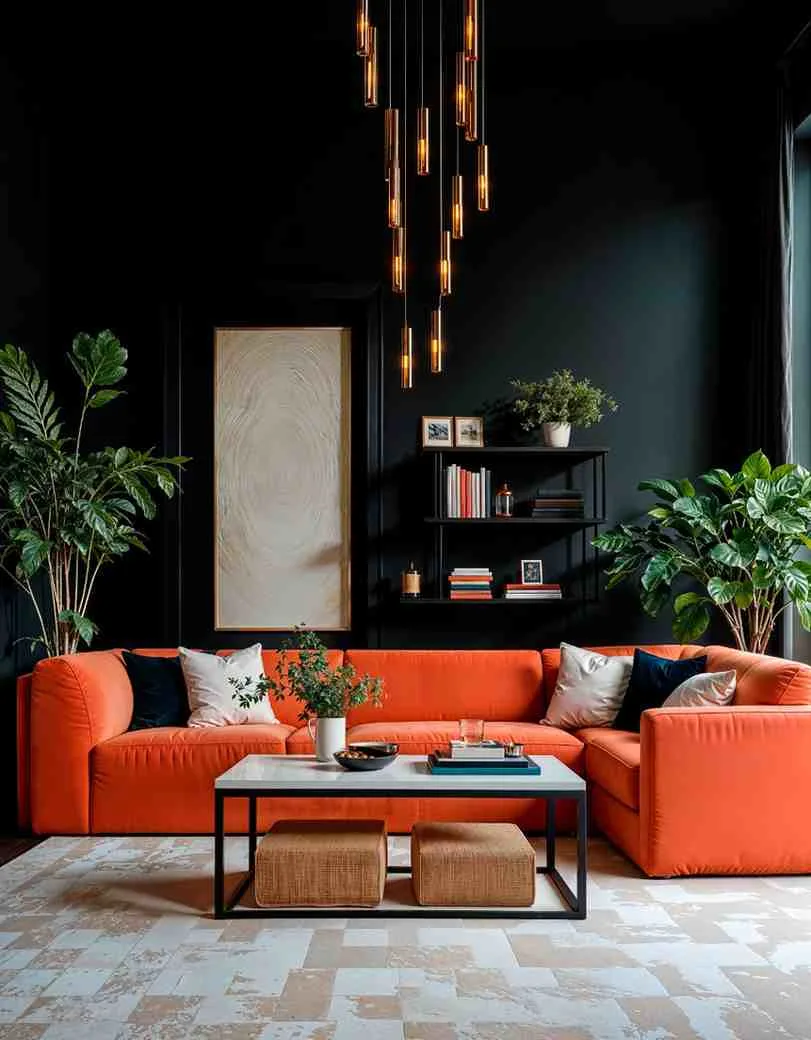As we advance further into the digital age, a person’s home has evolved into more than just a shelter— it serves as a representation of one’s creativity, values, and lifestyle. This is one of many reasons why contemporary interior design stands out as one of the most preferred styles in 2025. It showcases a seamless blend of functionality and modern elegance in a minimalist aesthetic to meet today’s needs.
Recognizing whether you are starting from scratch, remodeling a space, or refreshing specific rooms, understanding contemporary interior design is essential. This blog has been put together by Sarika Kulkarni, the interior designer with two decades of experience, co-founder of SK Design Studio, and one of the pioneers shaping the Indian interior design landscape, highlights the trends that will define Indian homes in 2025.
What Is Contemporary Interior Design?
Before analyzing the trends, let us clarify it. Contemporary interior design includes all styles that are alive today and change with time. These include modern, minimalistic, industrial, or even Scandinavian designs, which are all blended to provide an ageless yet vibrant look.
Sarika reveals, “A contemporary design which is flexible and evolves with you, is what I love the most. A space designed today can still be relevant five or even ten years from now.”
1. Bold Monochromes for Sophisticated Drama
While neutral palettes are ageless, bold monochromes are quickly becoming the focal point of contemporary interiors. Consider kitchens painted in navy blue, bedrooms in charcoal grey, and living rooms in emerald green. These rich colors add elegance and personality to a space while still maintaining balance.
For a luxurious, rich feel, couple bold monochromes with metallic accents in matte black, brass, brushed silver, or even treated wood.
Design Tip from Sarika: “If you’re skeptical about the shades being darker, approach it gradually. Go for a single accent wall, upholstered sofas, or custom cabinetry.”
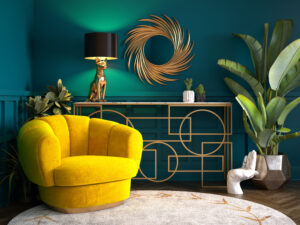
2. Furniture with Softer Curved Edges
The furniture world is all about angles, and sharp edges are no longer welcome. One of the hallmarks of contemporary interior design in 2025 will be the incorporation of soft, gentle lines and flowing shapes into furniture. Sofas and coffee tables, headboards, even rugs are set to don the curves.
These shapes promote visual balance and relaxation, making a space more tranquil and inviting. They are particularly useful in compact urban homes since softness provides a sense of fluidity and breaks up the rigid, structured architecture.
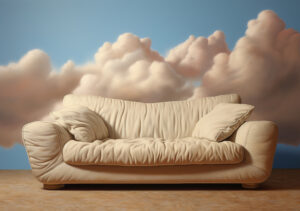
3. Dual-Purpose Spaces in Avl Urban Living
Urban living has changed with work-from-home becoming the norm, and living spaces in multifunctional rooms busy centers of contemporary life. A room that used to sit idle now serves as a productive hub such as in the case of guest rooms serving as part-time offices.
Designers are making use of:
Foldable or mounted desks off walls
Sofa beds that can be converted into a couch and a bed
Sliding room dividers and partitions
In Sarika’s words, “Smart space planning is the backbone of every contemporary home we design. Flexibility is key.”
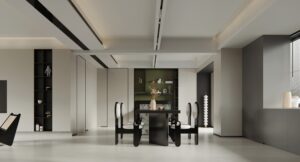
4. Changed From Simple Functional Art: Sculptural Lighting Fixtures
The year 2025 revealed lighting not as just another thing to look at but as an artistic form. One of the key pieces in modern homes is unique, sculptural shaped light fixtures. Of particular note are pezinders and chandeliers crafted from unique materials such as glass and brass
The lighting trends reserved for geommetric:
Dining tables draped with pendant lights
Dome-shaped floor lamps standing vertically
Bordering the walls floating LED strips washing the surroundings in dull light
Choose lighting that varies with your surroundings as well as your traits.
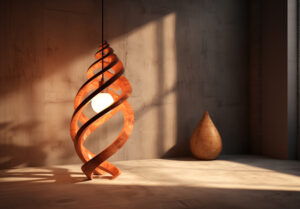
5. Earthy Cermics: Polished Concrete Floors
Other important movements in contemporary design has shifted to focus towards using soft shapes composed of smooth and unfinished natural materials like s unrefined wood finishing and exposed stone walls as well as earthy styled ceramics.
These elements enhance modern designs with a sense of authenticity and a rich tactile feel. Using raw materials helps support sustainable and eco-conscious living.
As Sarika states, “Natural textures tell a story. They age with time and bring a soulful presence to any environment.”
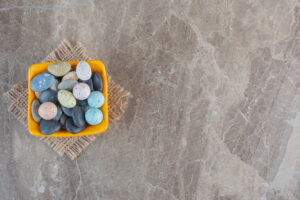
6. Floating Features Maximizing Visual Space
In contemporary houses, the illusion of space has great importance. Suspended vanities, wall-mounted nightstands, open shelving, and cantilevered desks all foster a sense of openness and airiness.
Benefits of a suspended design:
Easier cleaning
Sleek, minimalist appearance
Enhanced spaciousness in compact rooms
Enhanced style and function, floating elements are most effective in bathrooms, kitchens, and small to mid-sized bedrooms.
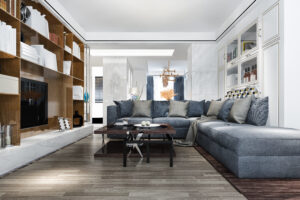
7. Smart Home Integration: Where Luxury and Ease of Use Meet Together.
Smart technology is a key aspect of modern interior design. Homeowners now expect full automation with light, entertainment systems, temperature, and security control—all seamlessly at their fingertips.
Some common integrations are:
voice-controlled assistants
motion-activated lights
automated window treatments
smart HVAC systems.
Smart design goes beyond gadgets; it should also enhance comfort while keeping a sleek look.
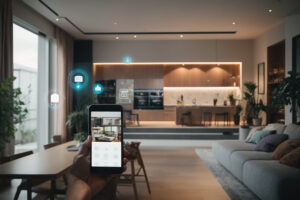
8. Open Areas for Togetherness
Boxed in rooms are a thing of the past. Homes in the year 2025 are more likely to have the kitchen, dining, and living areas as one merged unit as they promote open layouts. This enables togetherness, improved airflow and light, cultivates a more welcoming atmosphere, and fosters an inviting environment.
Designers maintain visual delineation with:
– Area rugs
– Half partitions or shelving units
– Drop ceilings or lighting and their variations
– Illumination changes
Sarika’s Insight: “Open floor plans are fantastic for Indian families. They allow interaction while multitasking with cooking, hosting, or during leisure activities.”
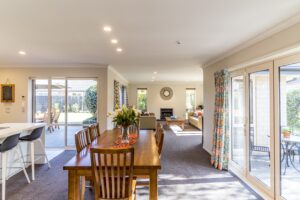
9. Adding Depth and Dimension with Textured Walls
Bringing depth and dimension to walls is achieved through adding textures. They are being replaced with microcement finishes, 3D tiles, and fluted wall panels which all provide a dynamic layer to your space.
Some surfaces to add wall textures are:
– Behind the headboard
– As TV accent walls
– Foyer or corridor panels
Let the textures do the talking while keeping it minimal. Strategically done, textures become the focal point of your design.
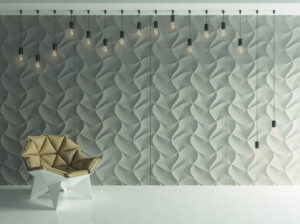
10. Statement Pieces with Subtle Detailing
The impact of Contemporary design is centered around the concept of ‘less is more’. Your space should not feel vacant, every item should have a purpose and designated space.
Core aspects of minimal decor:
Prioritize a single exquisite item over several less notable pieces.
Restrict The Color Palette To A Few Selected Hues.
Utilize Negative Space Purposefully.
Single, well-placed art pieces and oversized mirrors or even a thoughtfully crafted chair can stand alone as bold centerpieces that shape a room while keeping it uncluttered.

Why Choose Contemporary Interior Design for Your Home?
This outline appears to highlight the intended use of this design style in the year 2025.
It integrates form and function.
It promotes sustainable, mindful living.
It addresses compact urban residences with clever design solutions.
It accommodates new lifestyles and evolving technology.
For over two decades, Sarika Kulkarni and her team at SK Design Studio have helped families across India achieve contemporary elegance that reflects their unique heritage. From multi-room apartments in Mumbai to sprawling bungalows, their diverse designs bestow balance, beauty, and a personal touch to every space.
Final thoughts
This approach to decorating contemporary interiors is not merely a trend; it reflects a lifestyle that prioritizes sophisticated yet cozy, stylish but down-to-earth spaces. Currently, and especially in 2025, homes are intended to be sanctuaries that double as hubs for work, rest, and creative pursuits.
To ensure your space is timeless, think about these contemporary interior design trends when planning a renovation or building a new home. To receive a professional SK Design Studio’s crafted and seasoned intuitive touch, feel free to reach out today.
Share via:

